Say no to "Slurpy" fertilizers.
| Remember Slurpy Day in elementary school? It was the one day of the week when the Powers That Be allowed the Slurpy machines in the cafeteria to be turned on. You and your friends spent the entire lunch getting bright blue tongues and "ice cream" headaches. Afterwards, during class, you felt more like running around the room or punching the boy in the next seat than listening to the teacher. Your friends felt the same way. Giddy. Restless. Edgy. Before the school day was through, somebody always got into trouble. And although you took your punishment like a good little girl or boy, you knew what was really to blame: that yummy amalgamation of icy sludge that set your system humming and thrumming for hours, out of control on an artificially induced high—the Slurpy Effect. The Slurpy Effect on kids is a lot like the influence chemical fertilizers have on plants, causing them to grow and grow and bloom, bloom, bloom unnaturally to the point of exhaustion. Like a second grader on Slurpy, all that frenzied activity is bound to get plants into trouble. Inevitably, they fall into a weakened state that leaves them open to disease and vulnerable to pest damage. | The Slurpy Effect on kids is a lot like the influence chemical fertilizers have on plants, causing them to grow and grow and bloom, bloom, bloom unnaturally to the point of exhaustion. Like a second grader on a Slurpy, all that frenzied activity is bound to get plants into trouble. |
Feed plants good food.
Compared to chemical fertilizers, organic fertilizers are chicken soup (or, if you're a vegetarian, a hearty bowl of bean stew.)
They keep plants healthy for the long term by feeding the soil.
Luckily, several effective organic fertilizers are easy to make at home. From coffee ground compost to a homemade mix of all-purpose plant food, check out some of the easiest at Fertilizers for Growing.
They keep plants healthy for the long term by feeding the soil.
Luckily, several effective organic fertilizers are easy to make at home. From coffee ground compost to a homemade mix of all-purpose plant food, check out some of the easiest at Fertilizers for Growing.
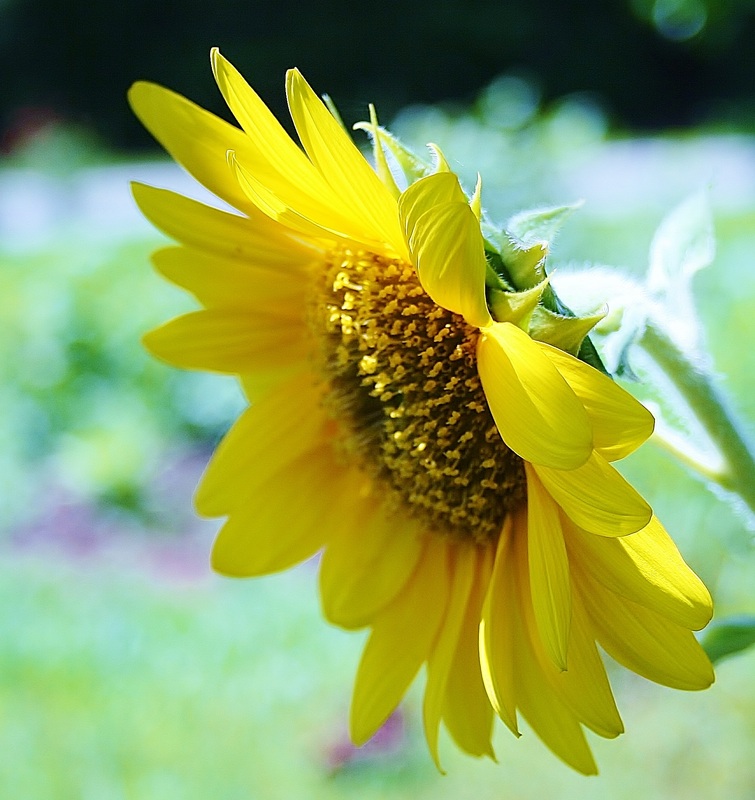
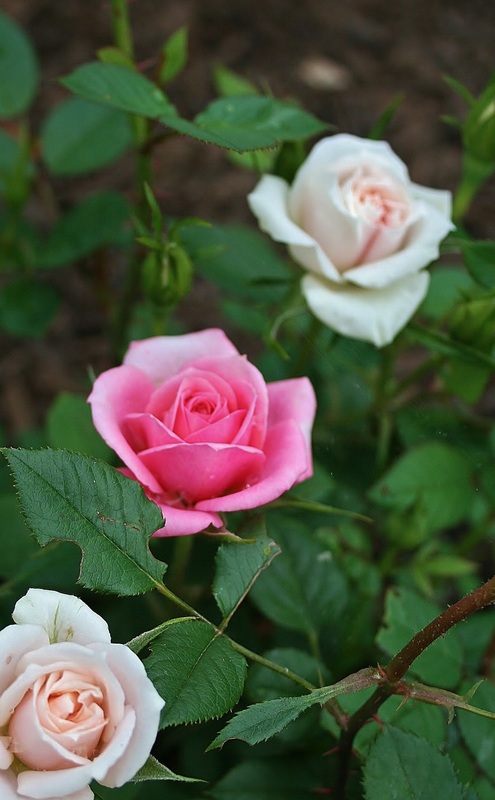
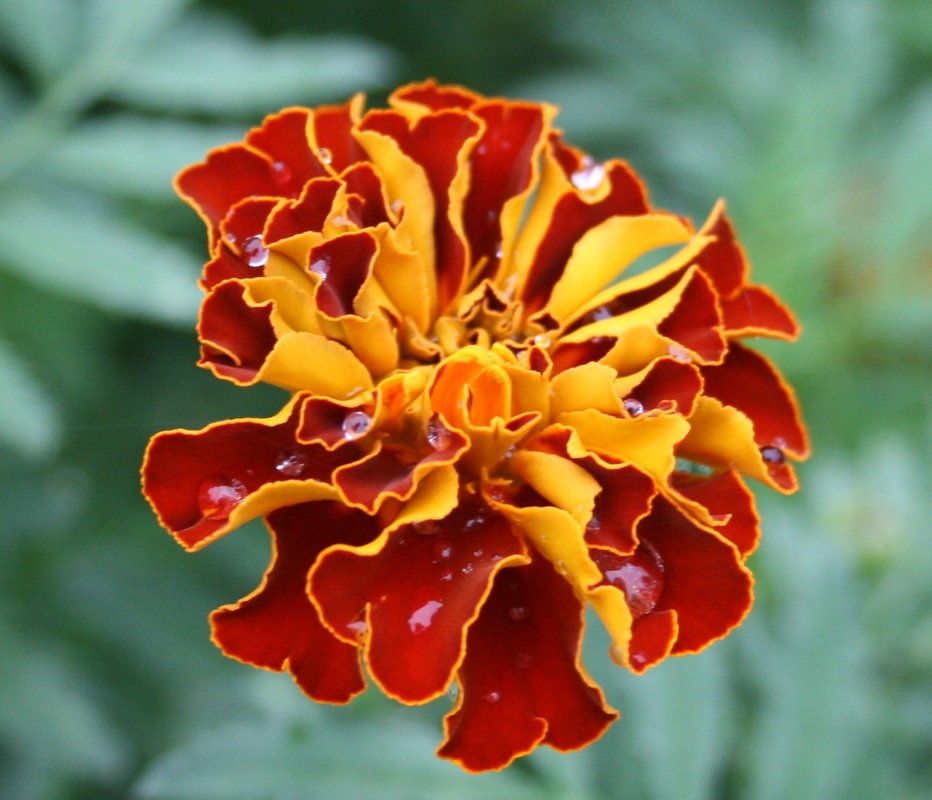
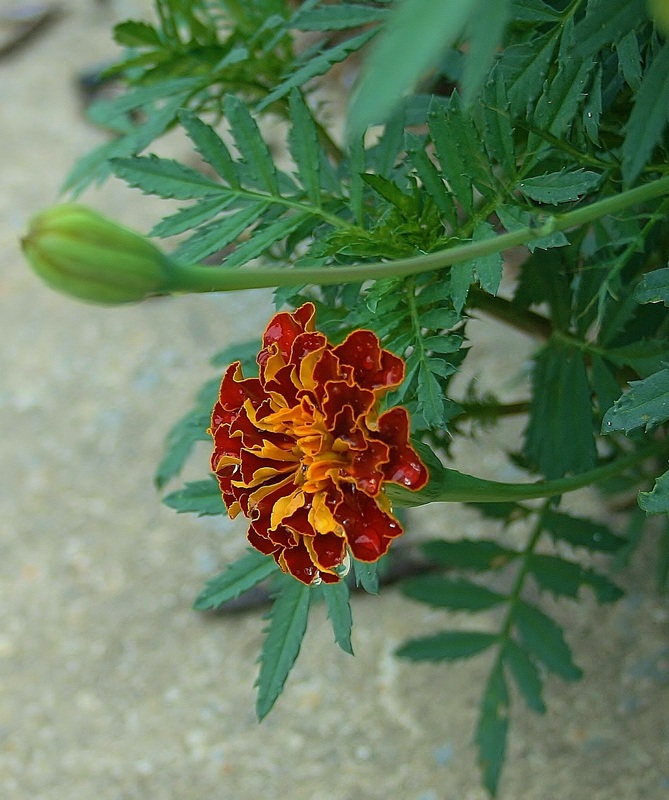
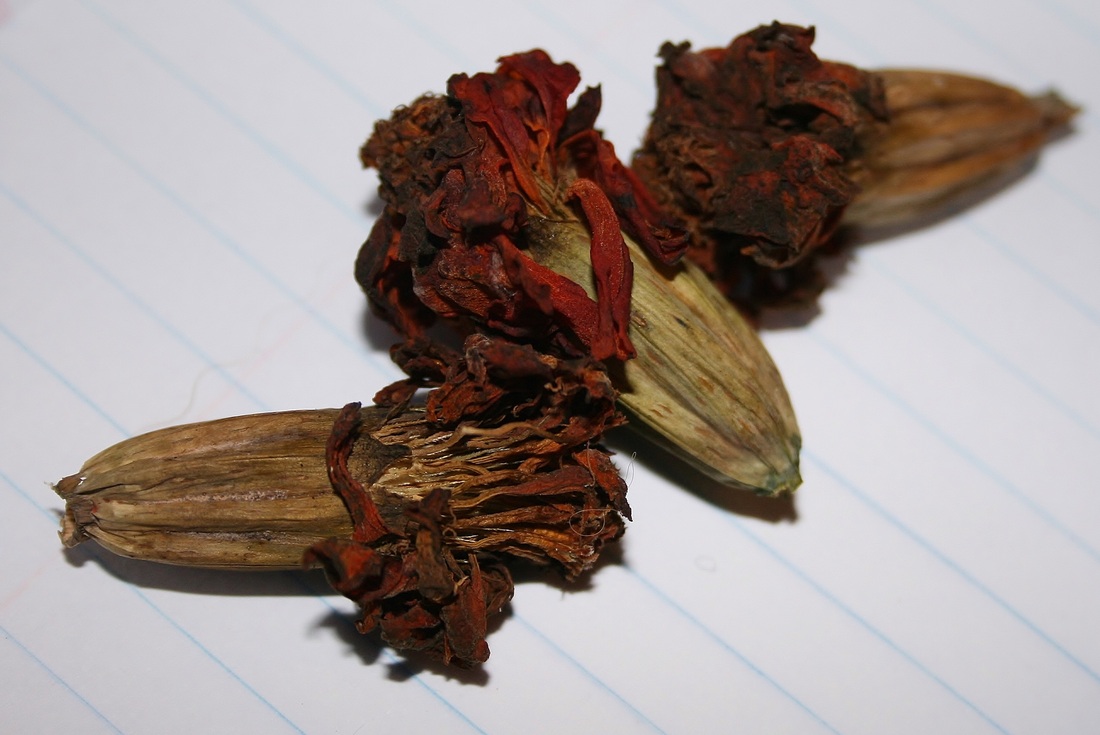
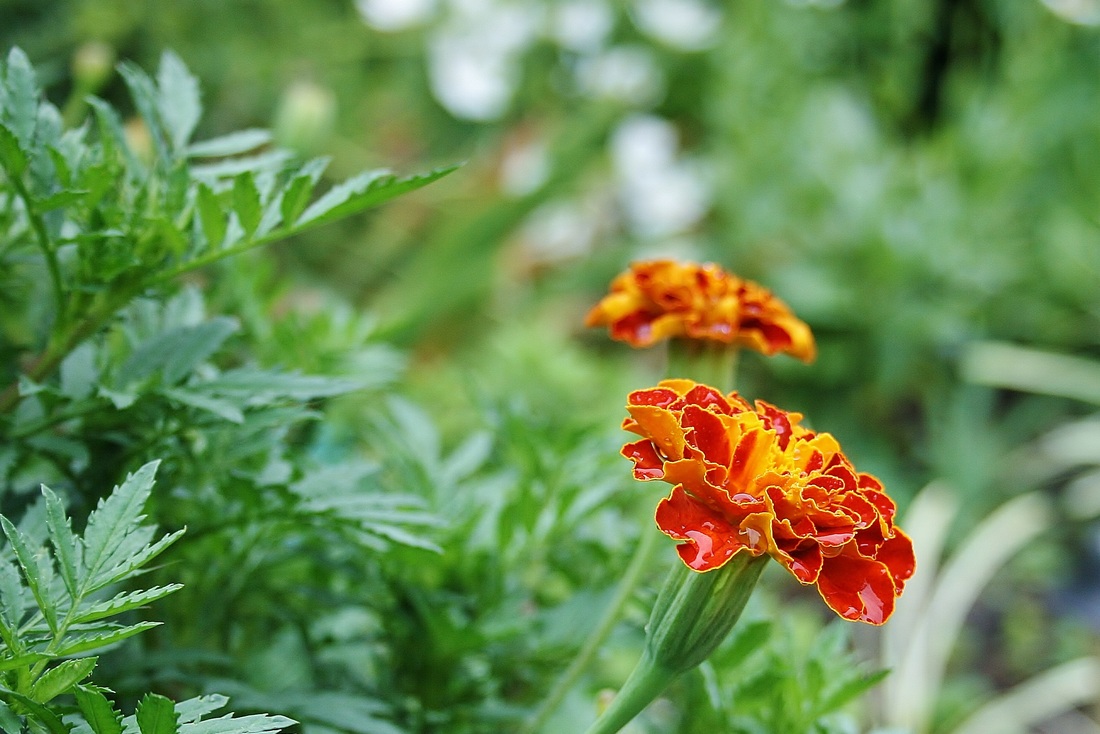
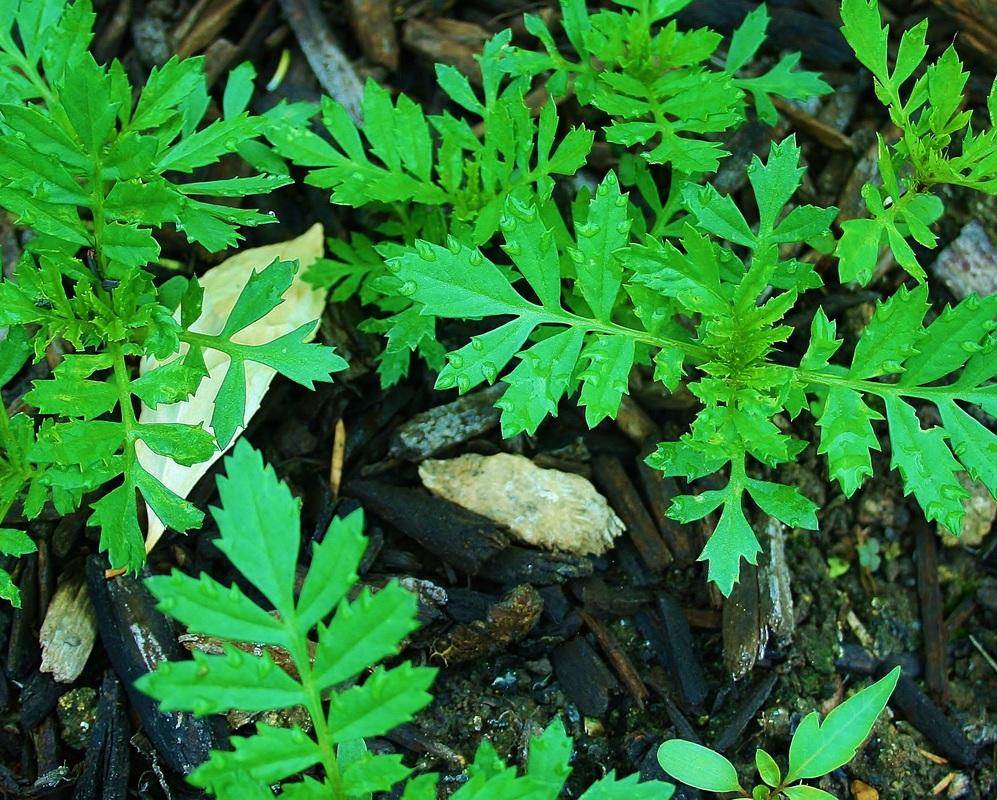
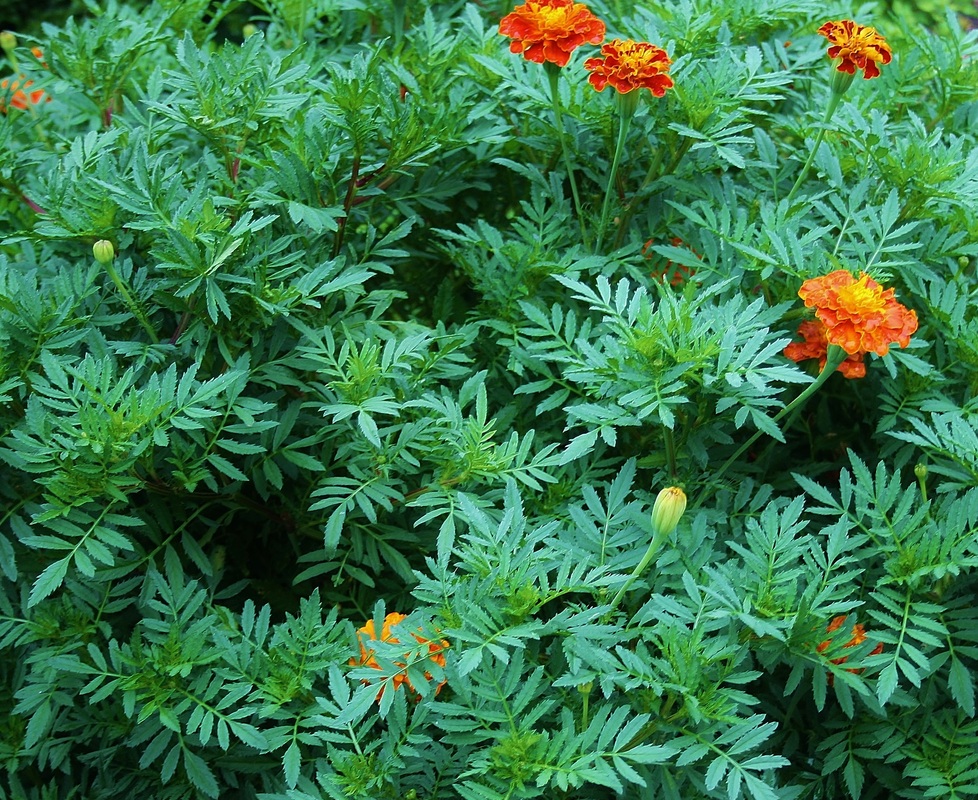
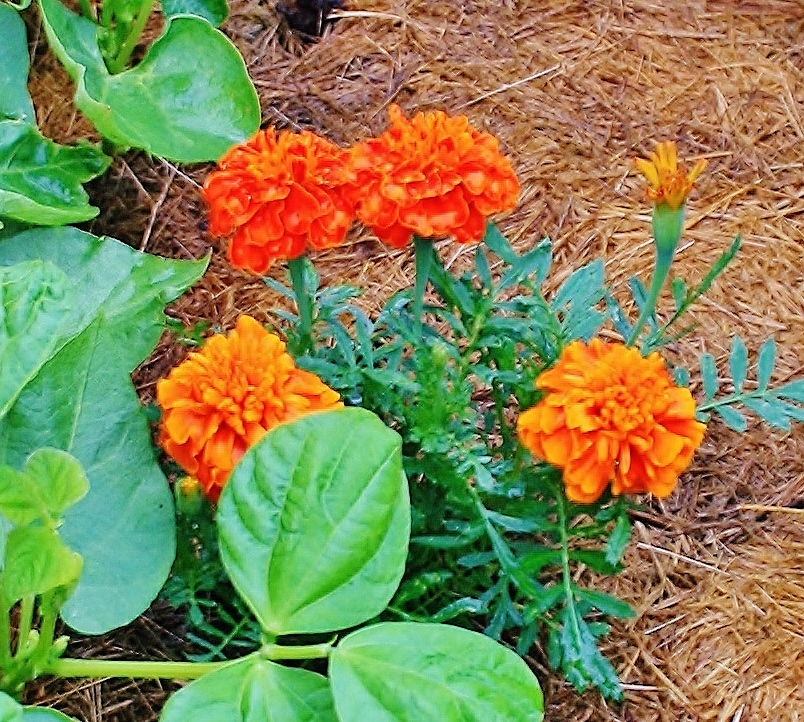
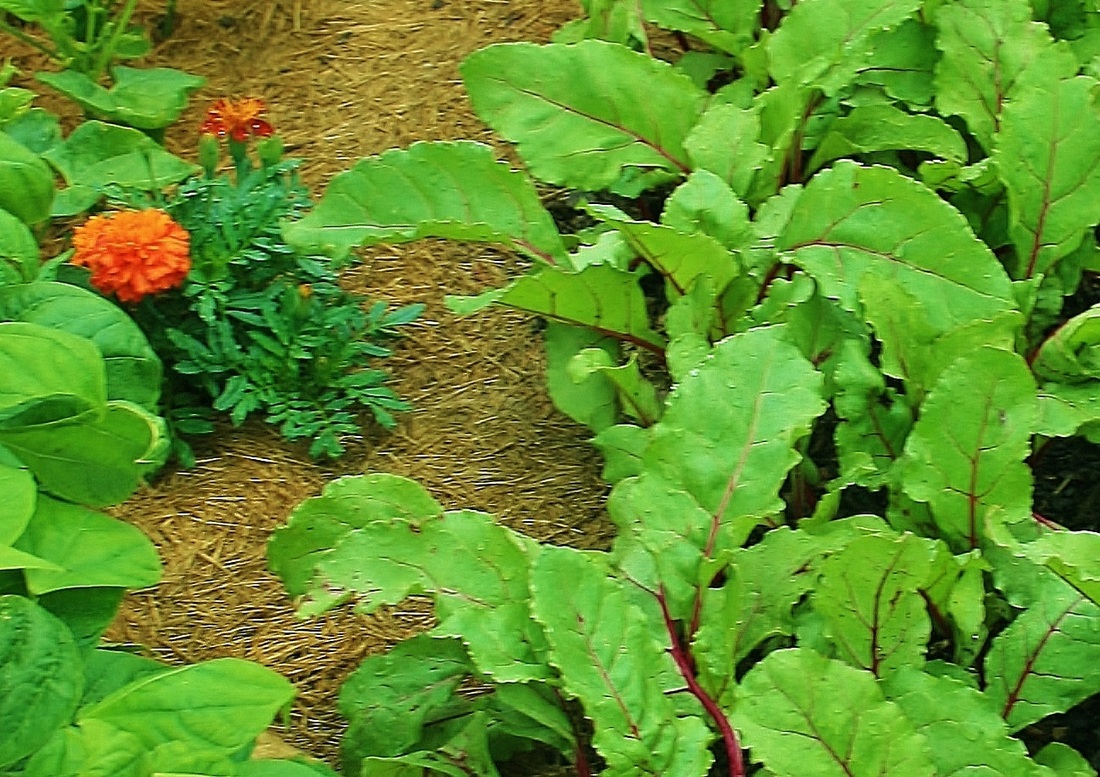
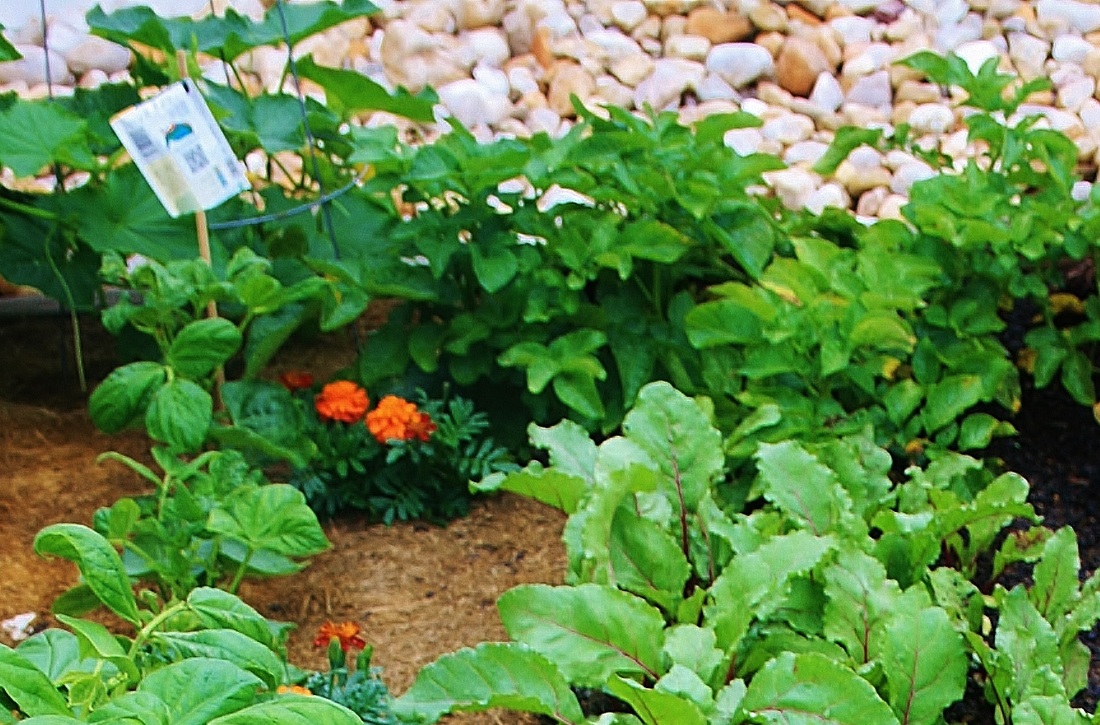
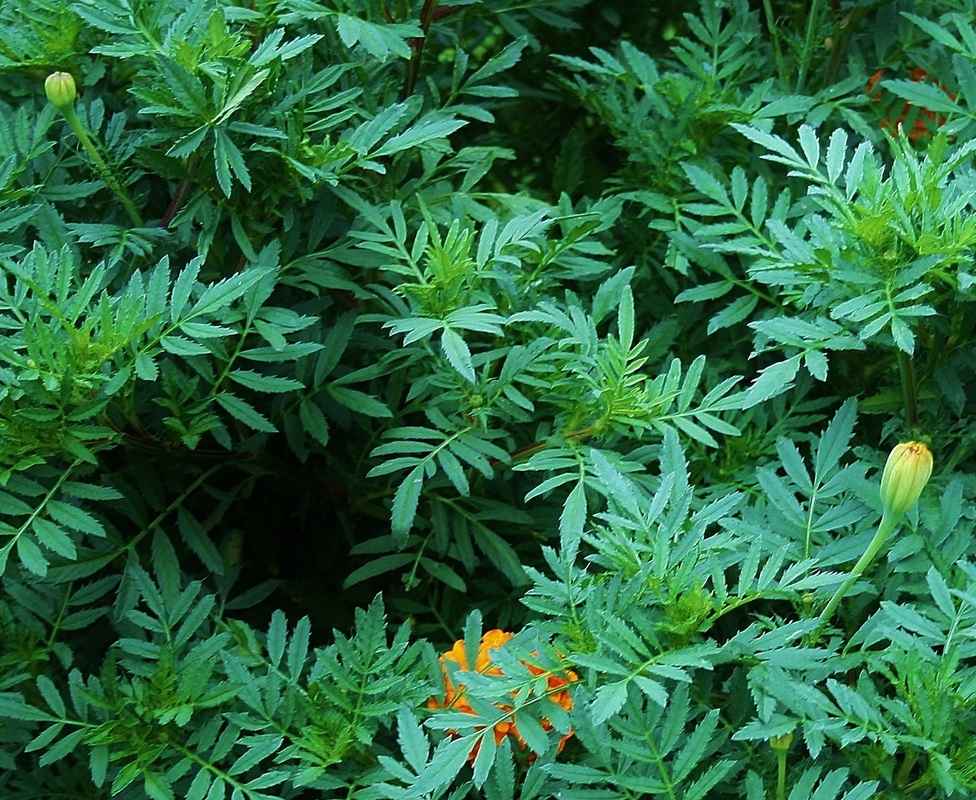
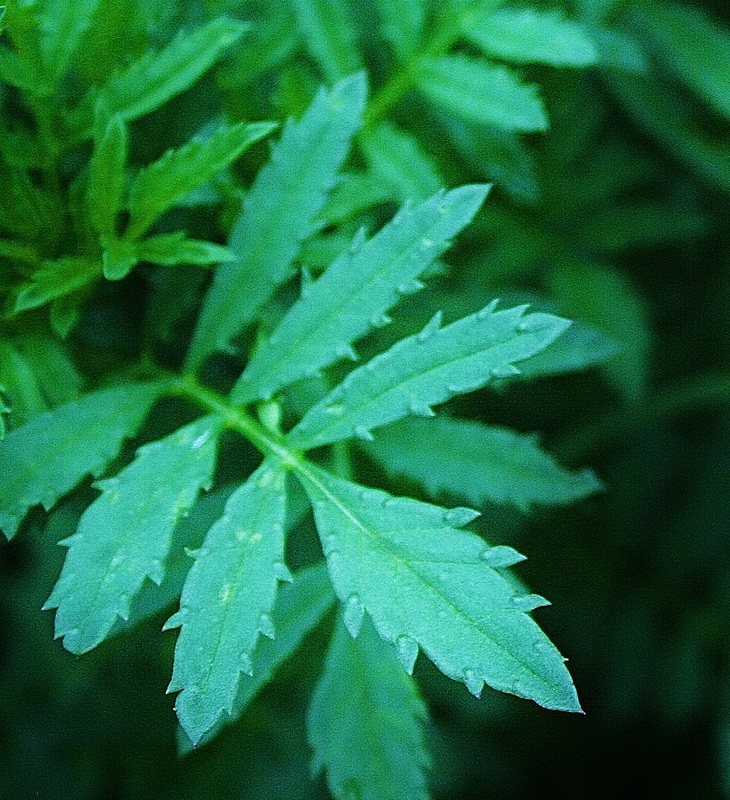
 RSS Feed
RSS Feed
